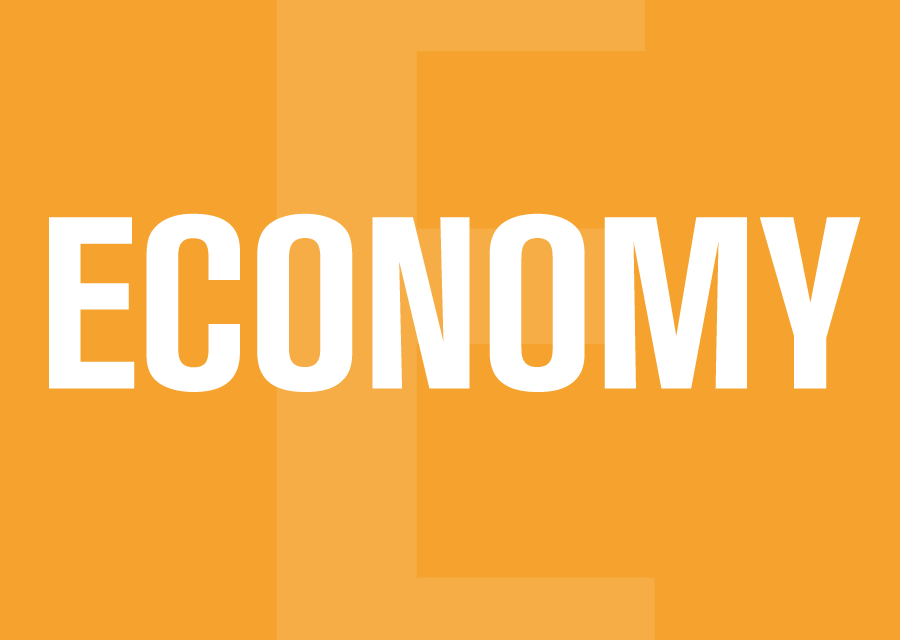When the Liberals unveiled the latest Public Accounts yesterday showing an apparent budget surplus of $150 million for 2016-7, the opposition parties went straight to health care. Why, they asked, is the government running a surplus while Nova Scotians are unable to get the health services they need? And as NDP leader Gary Burrill said in a news release, a good chunk of the surplus is thanks to under-spending by the Department of Health and Wellness.
As Burrill pointed out, despite the fact that many Nova Scotians can’t get a family doctor or timely access to specialists or surgical procedures, the department left $27.6 million on the table last year. That’s the shortfall between what the government thought the department needed to spend on health last fiscal year and what it actually spent.
And it’s not even the half of it. Over the last three years the department has underspent by a total of $87 million, according to General Revenue Fund numbers published in Public Accounts for 2014-5 through 2016-7. Worse, this does not come about through much increased efficiency or some sort of health care breakthrough. It’s mainly the result of delaying expenditures – apparently kicking needed spending from one fiscal year to the next.
In the government’s words
Back in 2013-14, the department actually overspent its budget slightly, the result of greatly increased demands for health services. Here is how public accounts described the campaign to contain the bottom line despite these increased demands. (bolding mine)
“These overages were partially offset by savings of $28.0 million in capital grants as a result of construction delays, $6.5 million in other programs due to lower uptake in the expanded children’s dental age criteria and lower utilization in insulin and supplies, $4.0 million in provincial programs and initiatives due to delays in information technology projects, $2.2 million in Public Health due to surpluses in biologicals as a result of decreased drug costs and delays in Thrive related projects, $1.8 million in administration from vacancies and operational efficiencies, $1.5 million in Primary Care due to various projects related to the Primary Health Information Management system that were not completed in 2014, and $1.1 million due to other operational efficiencies.”
Three delays, an incomplete project, some slow uptakes and a couple million from something that looks like progress– lower drug costs. Otherwise, delay was the name of the game. In 2014-5, under-spending made its debut, despite the fact that the department was faced with over-spending of more than $30 million for services provided by the district health authorities, emergency services and home care. The department offset these cost pressures and more with lots of delay.
“Department of Health and Wellness expenses were $28.0 million or 0.7 per cent lower than estimate primarily due to savings of $24.6 million in capital grants as a result of delays of major construction projects, $9.6 million in Physician Services due to utilization savings in Fee for Service and Chronic Disease Management, $5.9 million in Long-Term Care due to later than planned bed openings and deferral of non-emergency capital projects, $6.3 million in provincial programs and initiatives due to delays and re-definition of scope in information technology projects, $4.2 million due to various project delays related to the Primary Health Information Management program, other Primary Healthcare Programs, and lower than anticipated call volumes for 811 Telecare service, $3.5 million in Addictions and Mental Health mainly due to later than planned implementation of addiction services programs and Together We Can initiatives…”
More delay
It looks like some progress was made there with payments for physician services, but otherwise, the response to cost pressures is mainly delay, delay, delay- the same in 2015-6. From the Public Accounts for that year:
“Department of Health and Wellness expenses were $31.3 million or 0.8 per cent lower than estimate primarily due to savings of $28.0 million in capital grants as a result of delays with major construction projects, $8.0 million in Health Authorities primarily related to prior year accounting accruals, $7.0 million in Physician Services for utilization savings and reduced costs in Master Agreement programs, $6.8 million in various programs including delays in information technology projects, program delays, as well as savings in Long Term Care…”
The department also claimed some savings from administration and operational efficiencies – good news if it can be verified. The same claim appears in this year’s Public Accounts – a cool $7.7 million less between estimate and actual expenditure on salaries and administration. But delay is still the go-to solution to cost pressures.
“Department of Health and Wellness expenses were $27.6 million or 0.7 per cent lower than estimate primarily due to $15.7 million in lower capital grants and amortization as a result of project delays and changes in cash flow requirements, $7.7 million in salaries and administrative reductions, a $6.1 million decrease caused by delays in information technology projects, $4.6 million in home care savings associated with lower than expected utilization, and net savings of $8.0 million in various other program budgets.”
It is beyond the scope of this essay to assess the impact of this litany of delays, but it can’t be good. Between 2012-13 and 2016-17 the Liberals have limited health spending to a bit above the rate of inflation. Delaying projects, along with wage restraint, have been the key elements of this approach. Neither is sustainable, given an aging population,health care workers’ claim to fair compensation and the public’s right to a national standard of health services. However, no one should get used to the idea that the recently unveiled surplus signals that good times are upon us and the choice now is between continuing surpluses or better health care.
The appearance of a surplus while health care needs go unmet will provide excellent talking points for the opposition in the months ahead, but the surplus is very shaky. The Public Accounts reveal that on the revenue side it is reliant on an unprecedented Prior Year’s Adjustment of $97.3 million in corporate taxation. On expenditures – aside from stiffing health care – the bottom line depends on a reduction of $134 million in “restructuring costs”- a perennial budget cushion. Without those two entries, a $150 million surplus becomes an $81 million deficit. Not the end of the world certainly, but at least a conversation changer.
-30-






So the province’s $10.1 billion budget (covering everything from health care, hospitals, elementary and secondary education, universities, roads, bridges, social safety, lands and forests, environmental protection, etc.) was out by $22.2 million. That’s 2/10s of one percent.
Gnash teeth! Rend garments! Beat breasts! How could these cruel bureaucrats and politicians be so incompetent, so venal, so cruel?